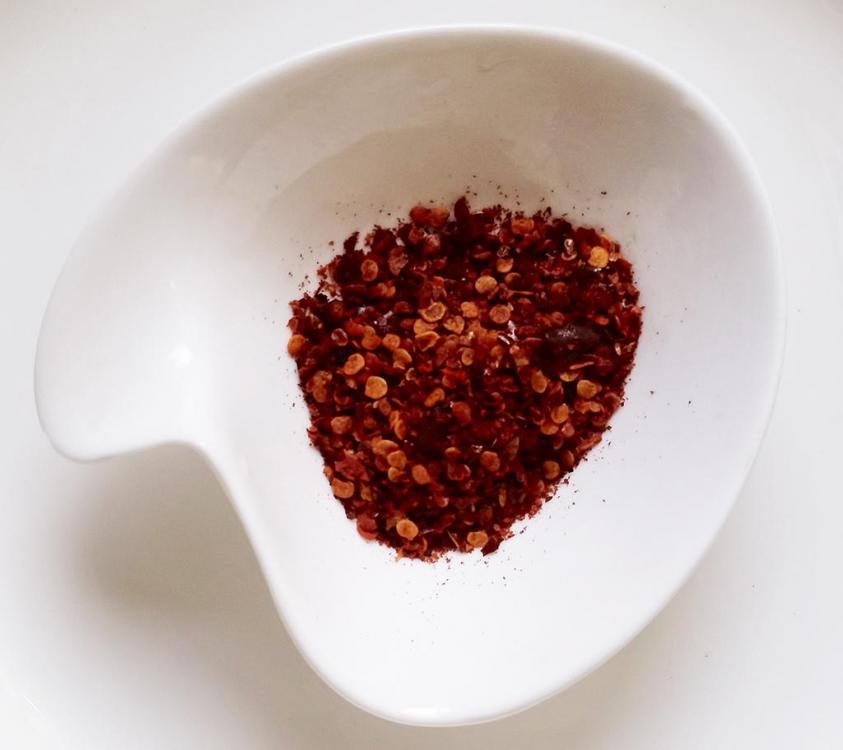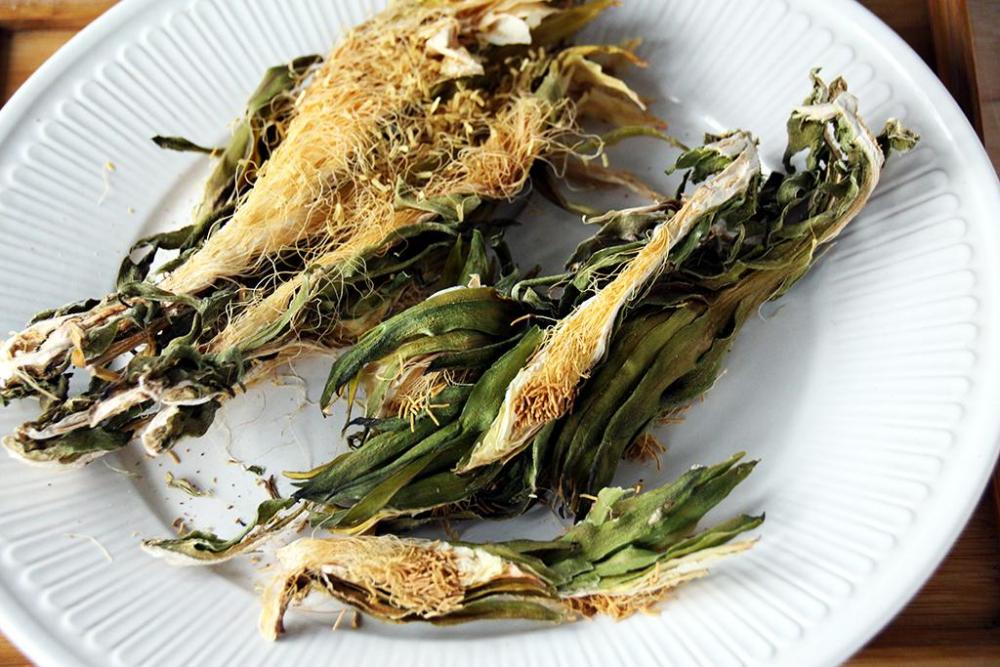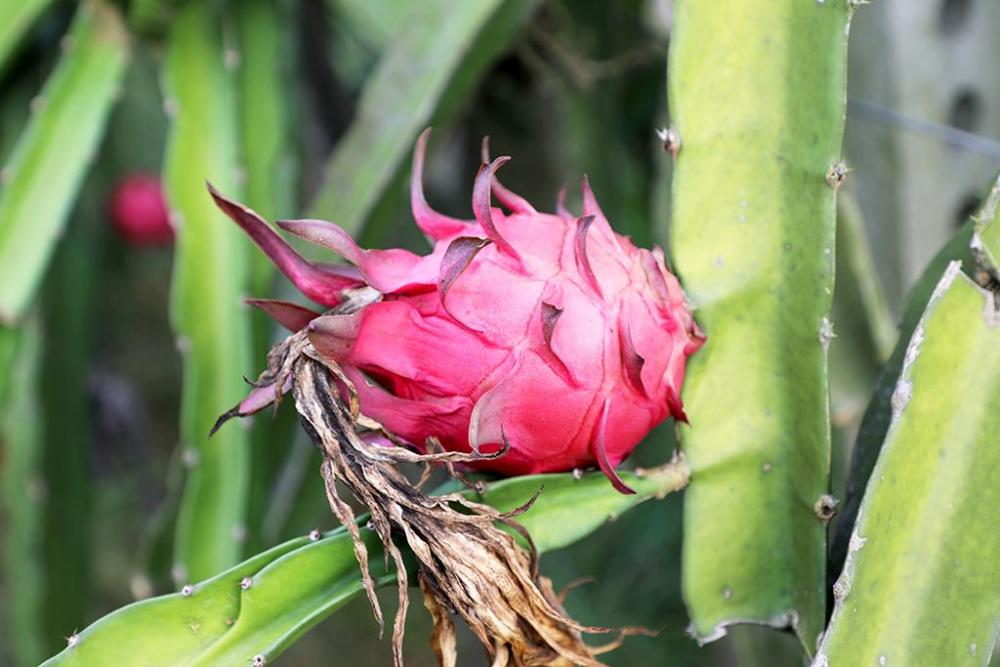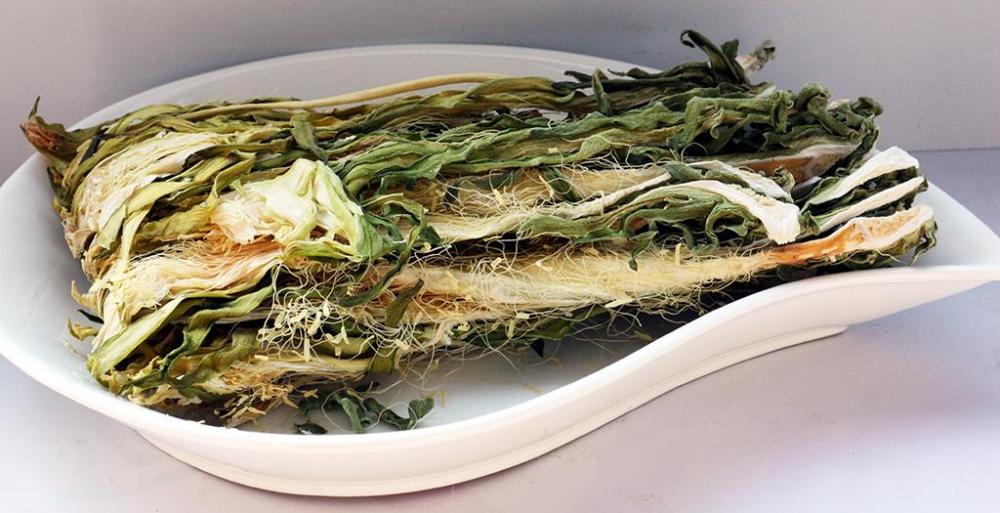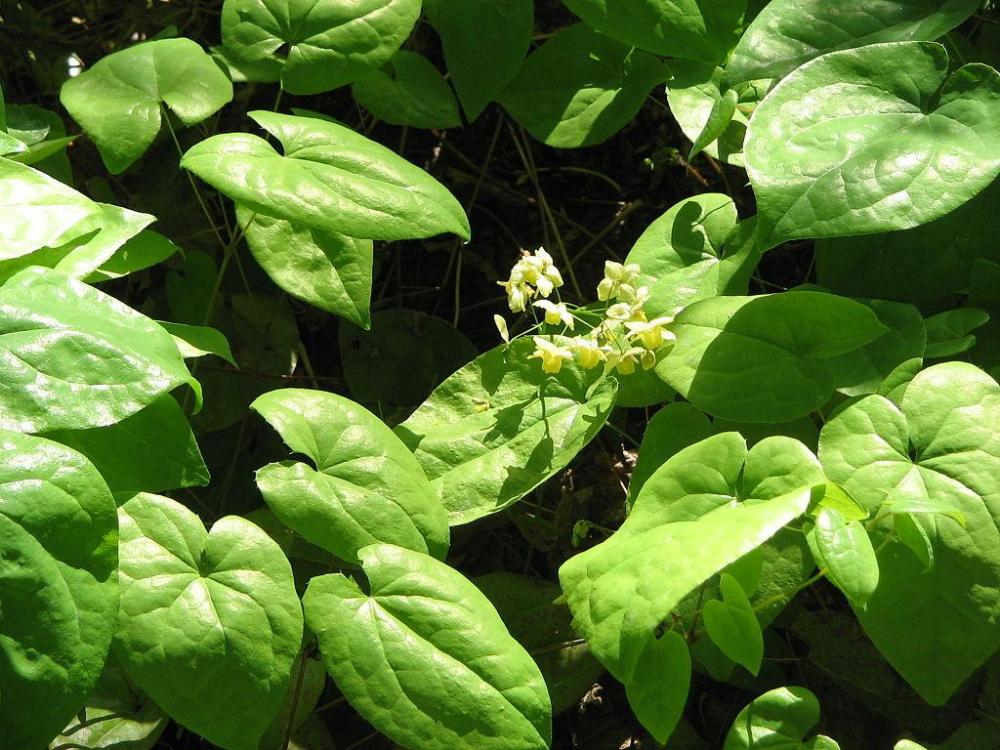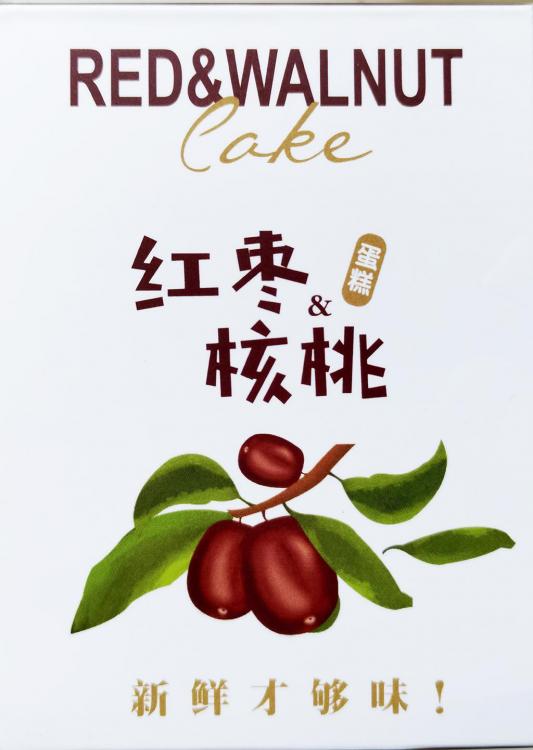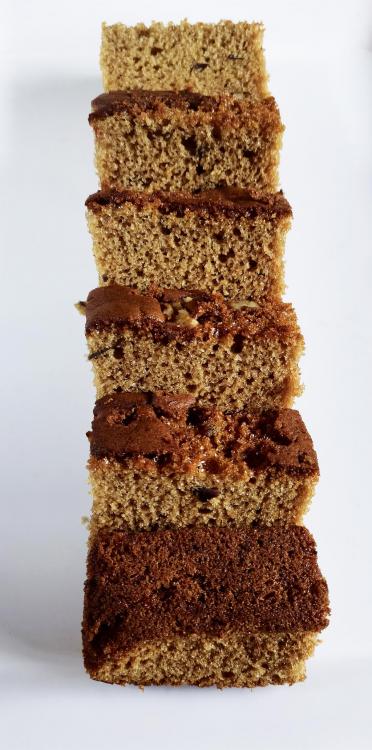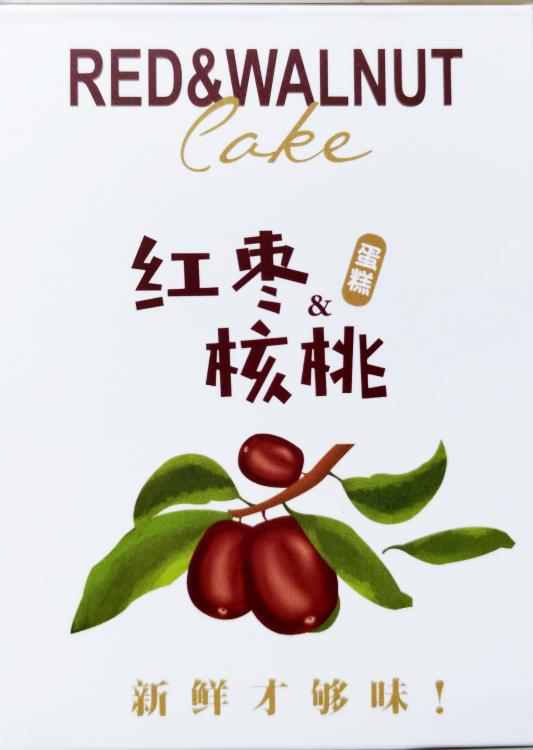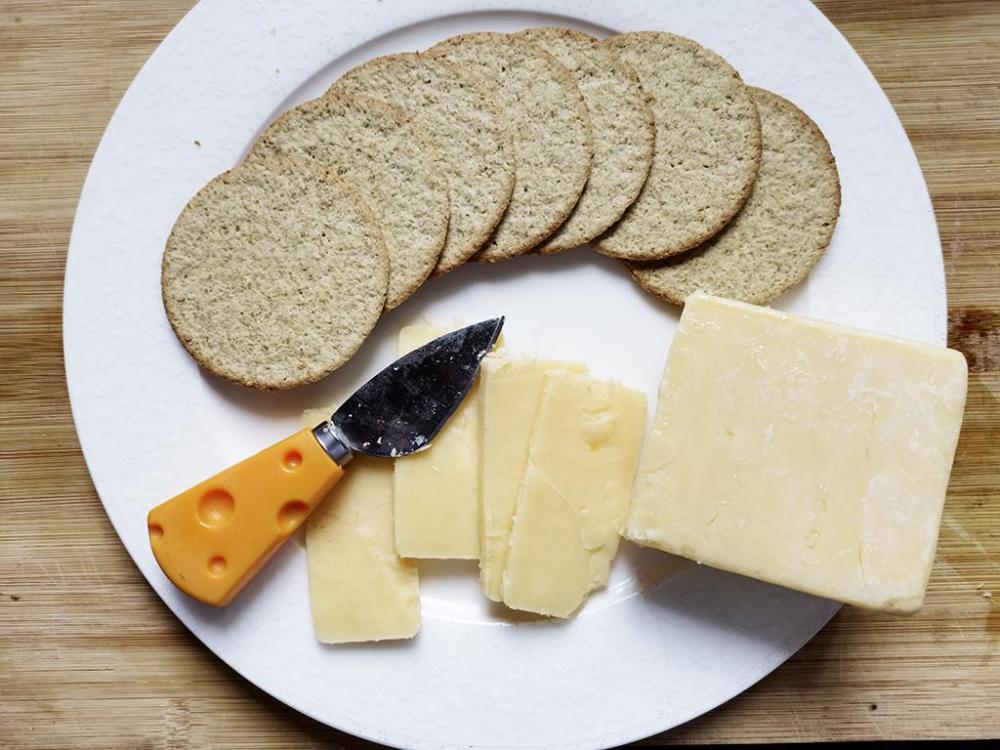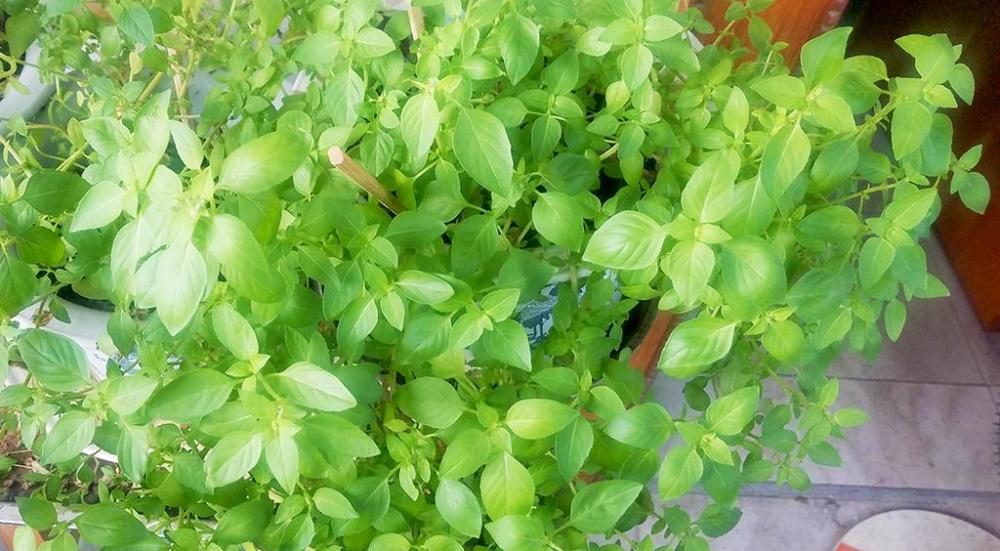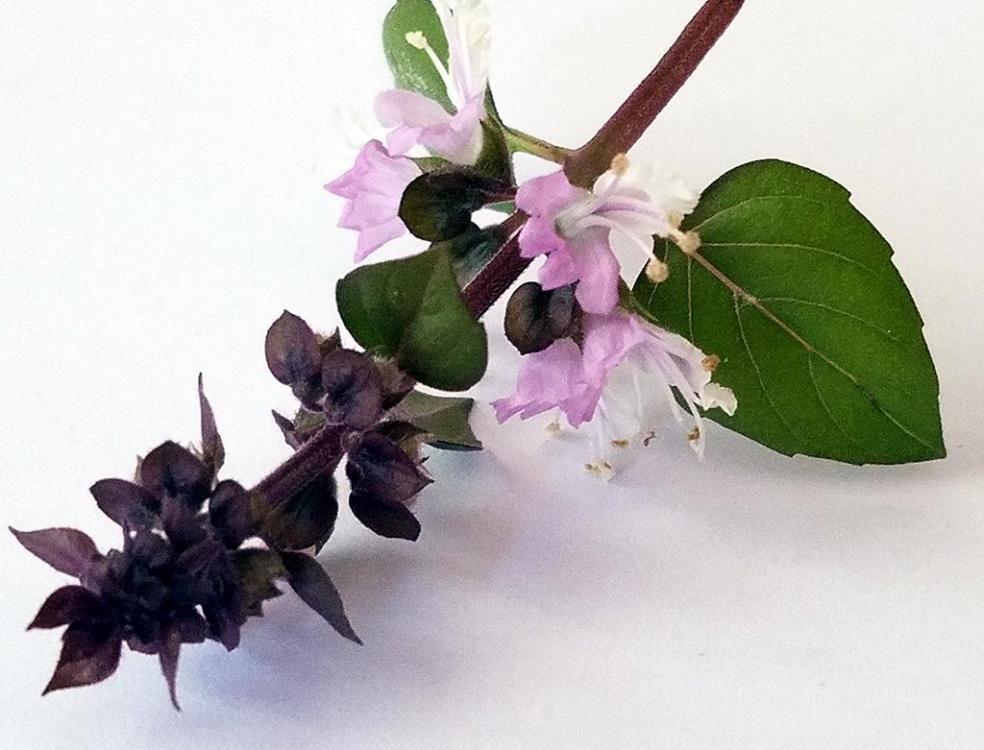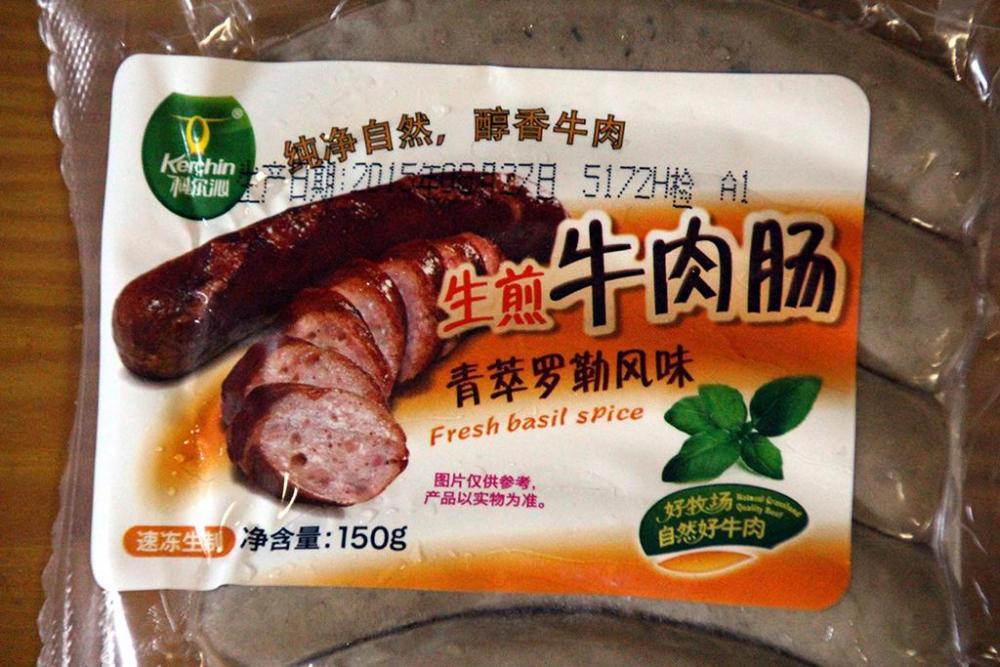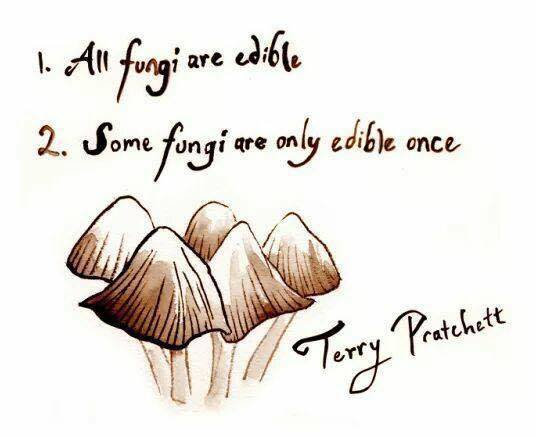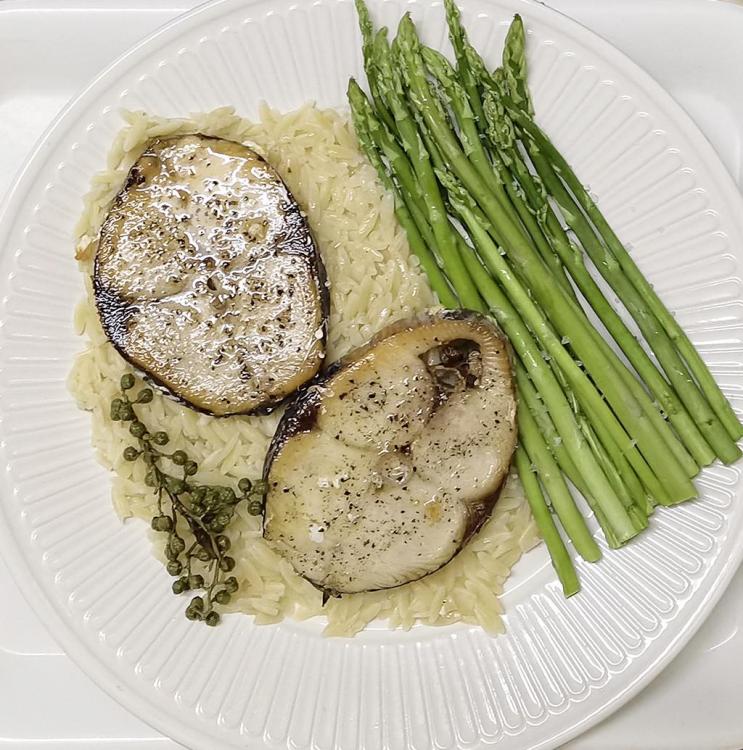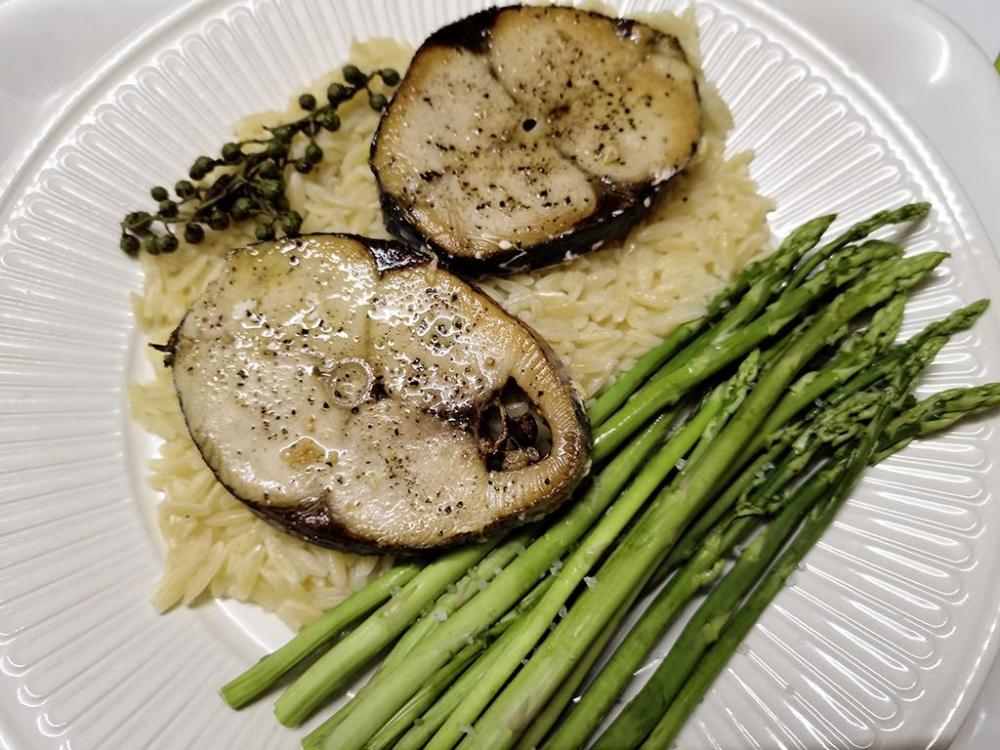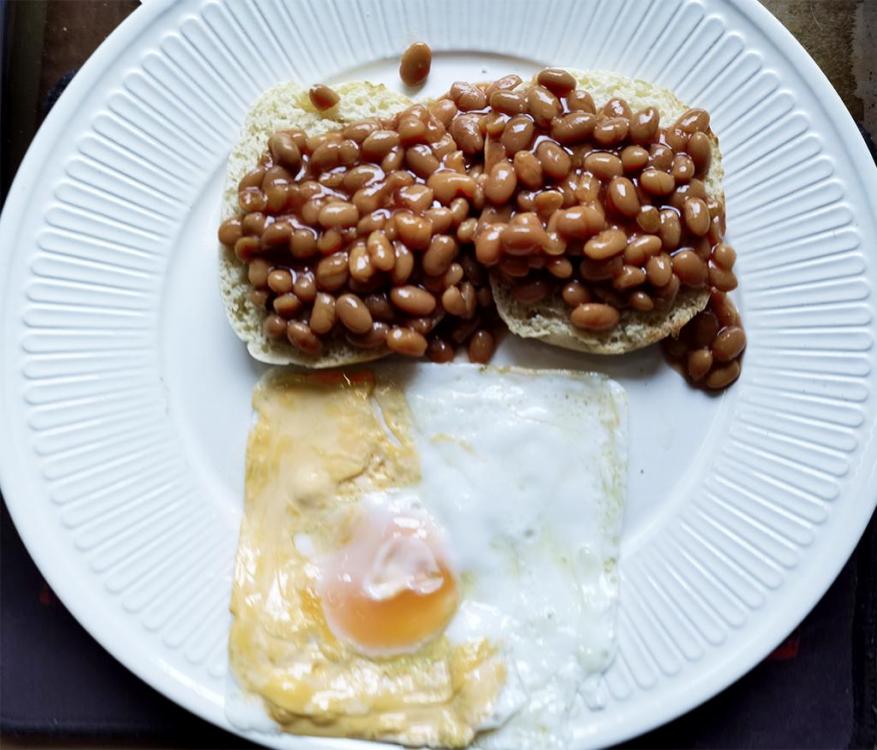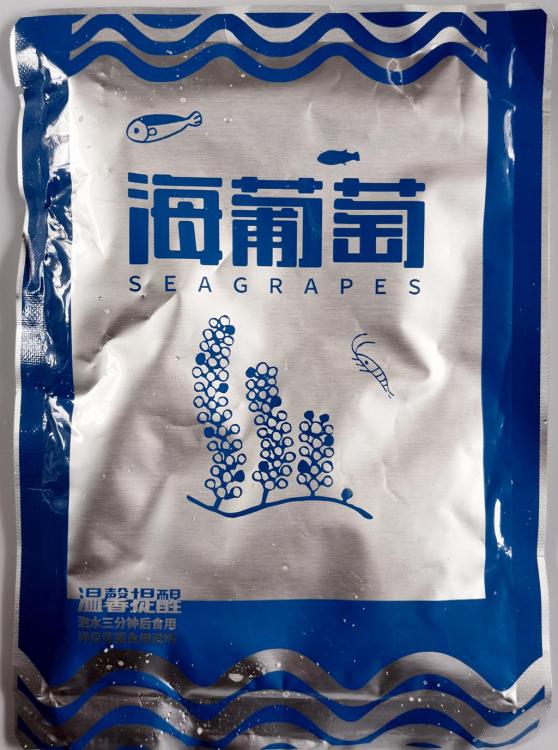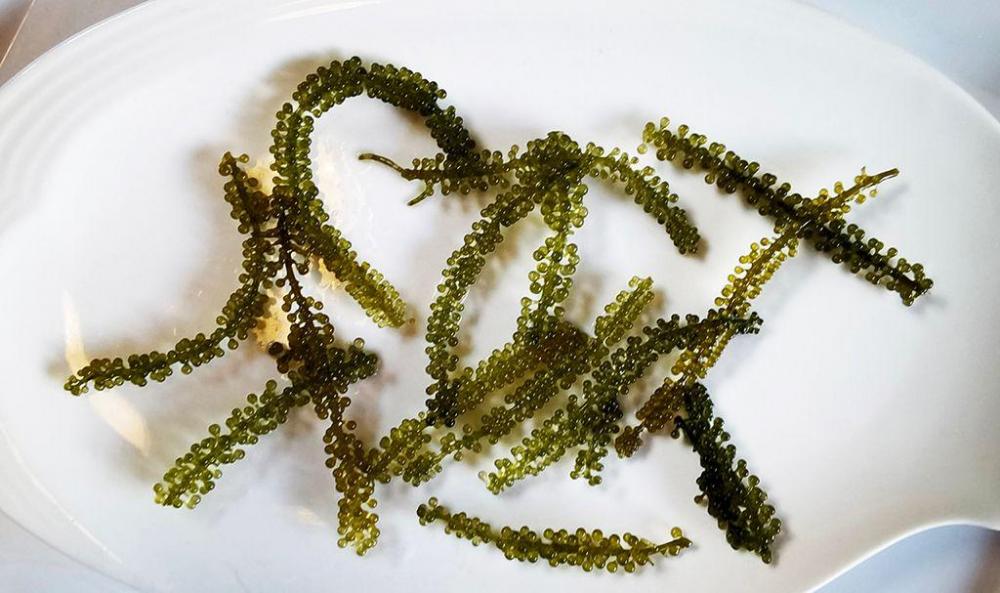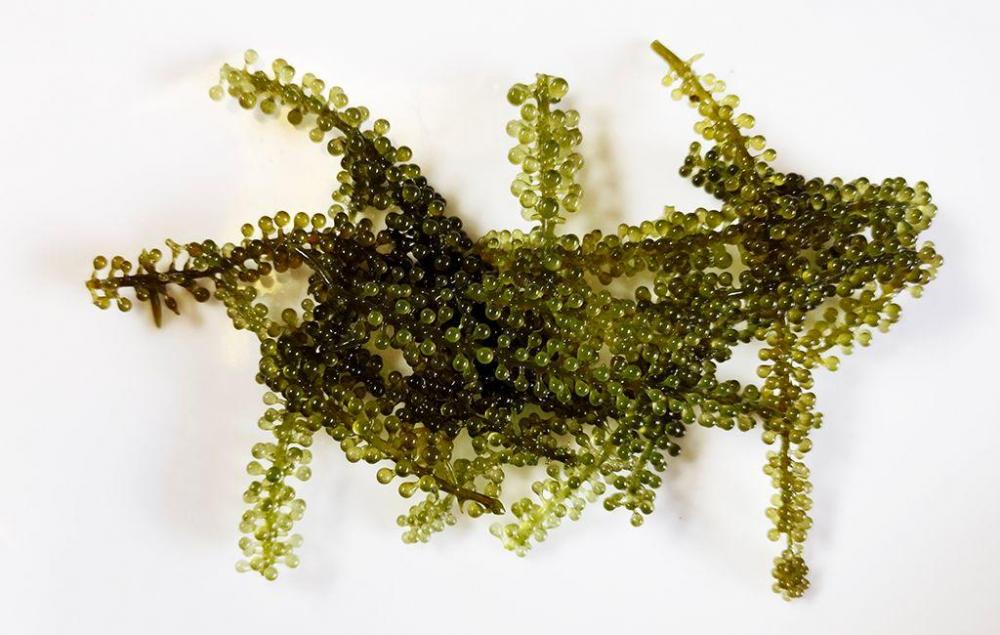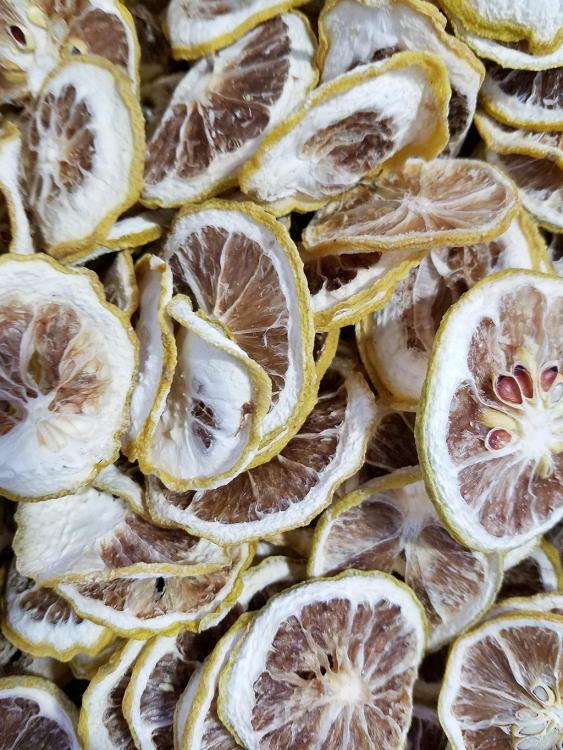-
Posts
16,659 -
Joined
-
Last visited
Content Type
Profiles
Forums
Store
Help Articles
Everything posted by liuzhou
-
I have, in the past, dried and ground 朝天椒 (cháo tiān jiāo), "facing heaven peppers" as used in Sichuan cuisine. I still keep a small jar of it handy, but just buy it in the market, where it is easily available. That said, I tend to use them whole and unground much more. This is from the last batch I made.
-
Japanese Artist Has Drawn Every Meal He’s Eaten for 32 Years: Behold the Delicious Illustrations of Itsuo Kobayashi
-
- 1
-

-
In the UK, they are less than the equivalent of $0.90 USD. Tesco UK is advertising them at 87 cents a standard 415g can today.
-
Perhaps not a traditional funny, but it made me smile.
-
42. 霸王花 (bà wáng huā) – Pitaya Flowers – Selinicereus undatas Dried Pitaya Flowers Of course, as soon as I say the topic is done and dusted, I think of another herb. Pitaya - Dragon Fruit Pitaya, pitahaya, dragon fruit; call it what you will. The Chinese is 火龙果 (huǒ lóng guǒ), literally ‘fire dragon fruit’. They are the fruit of a night-flowering cactus, native to the Americas, but long cultivated in China. What is perhaps less well known is the flowers are also edible and used both in TCM and as a herbal dinner ingredient. The flowers are sold dried and are known as 霸王花 (bà wáng huā). Both the flowers of the white (Selinicereus undatas) and red fleshed (Selenicereus costaricensis) varieties are used. They are used to make tisanes and other drinks as well as being used in a number of soups. The flavour, stronger than the fruit, is mildly herbal and refreshing with a sweet scent. Here is a video of one recipe, which for obvious reasons, I have never made exactly as shown! I have done similar soups missing that one disgusting ingredient she uses. The narration is in Cantonese, but there are English subtitles. Note she refers to the flowers as Hylocereus undatus, an older scientific name, now disused.
-
41. 淫羊藿 (yín yáng huò) – Barrenwort – Epimedium Epimediom versicolor - Image licensed under the Creative Commons Attribution-Share Alike 3.0 license. I think I’m pretty much done in this topic, unless something unexpected turns up, but I feel I couldn’t leave you without this. Epidemium is a group of flowering herbaceous perennials growing from a ginger-like rhizome. There are over 60 species in the group, most of which are native to China. It is not, I am happy to say, a herb that I have ever personally encountered or sought out. I have however heard of it. The Chinese name, 淫羊藿 (yín yáng huò), is what first drew my attention out of linguistic interest. That first character 淫 (yín) appears in many words, nearly all referring to licentiousness, particularly derogatorily towards women. The second character 羊 (yáng) means ‘sheep’ or ‘goat’ and last, 藿 (huò) means ‘weed’. English names include the above mentioned ‘barrenwort’ along with bishop's hat, fairy wings, and the delightful ‘horny goat weed’. I’m told that the leaves are much appreciated as an aphrodisiac, not something I have any use for. The last English name mentioned comes from its flowers supposed resemblance to crushed goat testicles. Never having knowingly seen such things, I can’t attest to the accuracy of the nomenclature. Thanks to @Tropicalseniorfor prompting me to start this whole spicy and herbal topic in the first place. It has been fun for me to explore and hopefully the same for some you out there, too.
-
Afternoon tea (minus the tea). They missed a word out of the English. It is red date and walnut cake. That is Chinese dates / jujubes. Very soft sponge and not too sweet. Rather pleasant.
-
-
40. 罗勒 (luó lè) – Sweet Basil – Ocimum basilicum Balcony Basil Native to SE Asia and parts of Central Africa, basil is actually a group of closely related plants and cultivars, the most commonly used worldwide being 罗勒 (luó lè) or “sweet basil”. Others include but are not limited to “Thai basil - Ocimum basilicum thyrsifolium” and “holy basil - Ocimum tenuiflorum ”. The only one I’ve ever encountered in China, unfortunately, is the sweet basil, and that rarely. With Vietnam just next door and Thailand only three hours away, it is very frustrating. The seeds can occasionally be found in a couple of local supermarkets. However it is not being sold for culinary reasons, but as an insect repellent! That said, I ignore that advice and grow several pots of the herb on my balcony. I also smuggled in a load of seeds from England in 2019. The only time I’ve seen it in any culinary setting or product was in these bizarre beef sausages in the supermarket! Still, they justify it being used here as a Chinese herb. I didn't buy the sausages. By the way if your basil goes to seed as you grow it, don’t worry. Leave it alone and you get these rather pretty flowers! They are also edible.
-
I give up. There is little taste to describe. It is all about texture. As I explained. Heidih added nothing I hadn't already said. Perhaps you should have read the whole of my post.
-
Sea grapes are a type of seaweed! As explained in the link.
-
The link goes directly to seagrapes. I just tested it again. What are you seeing?
-
Nothing like capers. See here.
-
No. I never dress it. Nor have I ever known it to stick, unless it has sat for a while and cooled right down after cooking it. I am careful to only cook it al dente.
-
Con fusion food tonight. An experiment. Mackerel steaks, pan fried in olive oil with fresh green Sichuan peppercorns. Thin spear asparagus, raw and dressed with litsea oil and seasalt. Orzo. The specific mackerel species is 马鲛鱼 (mǎ jiāo yú) - Japanese Spanish Mackerel - Scomberomorus niphonius. That's con fusion for you.
-
This is strange. Also it was very early and the light was terrible. Beans on toast with a square fried egg. As you can no doubt see, the yolk burst, but spread all to one side. Everything tasted fine, though! Especially with lots of black pepper.
-
They come in a plastic pouch in which the seagrapes are held in a heavy brine (seawater strength). I open this and transfer them and their water to an old Nescafé jar and keep it in the fridge. They keep well in the fridge for weeks. To use, I take out what I need, rinse them, then sit them in cold fresh water for about 10 - 15 minutes. This makes them swell a bit. Then serve.
-
These are very common here. From what I understand, they are used in herbal teas. They are to be found in most supermarkets, alongside the other ingredients uesd in such teas. That's not something I drink, so can't say more than that. Sorry.
-
That's what I'm hoping for, but I'm happy with the seeds, too.
-
I'll be using as many as I can as they are, fresh. A lot I will give away to friends and passing enthusiasts. That 500g only cost me the equivalent of €2. I've never found any way to preserve them successfully. Like you say, apart from dried, oil is the pretty much the nearest, but it loses potency very quickly. I've tried freezing them, too. They didn't like that.



